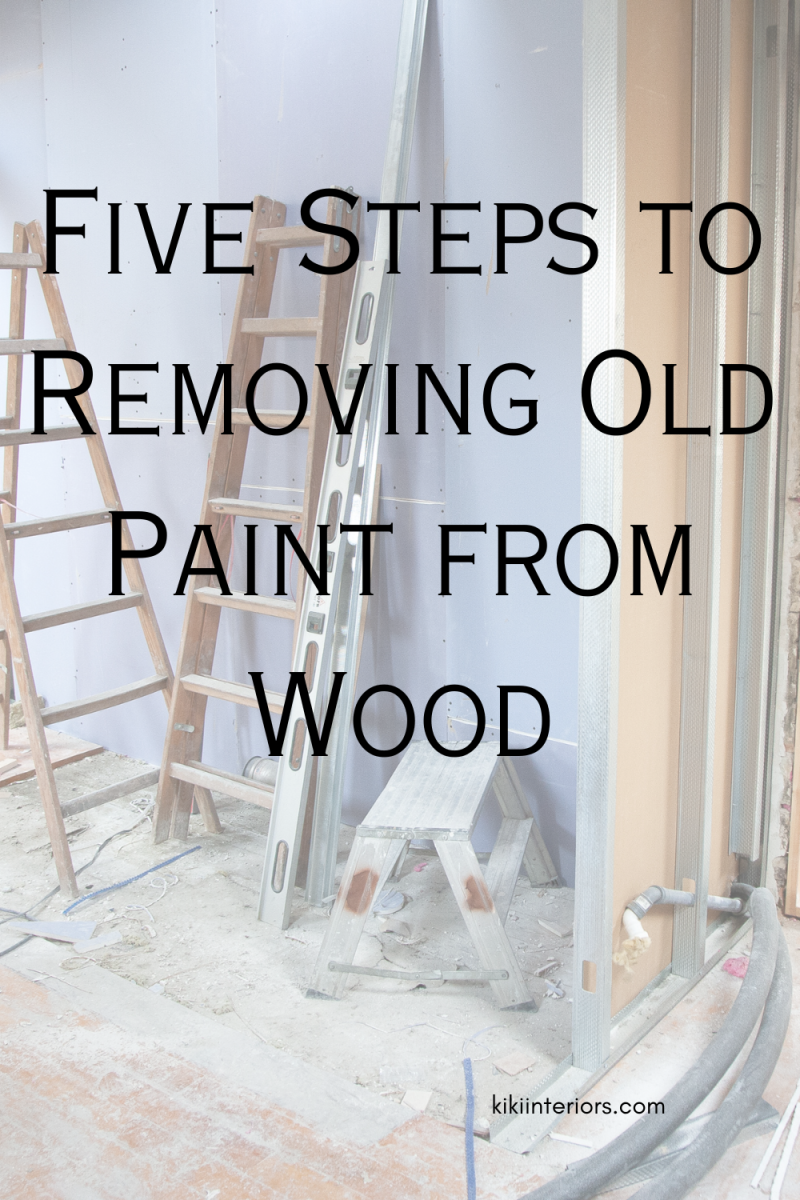
Old paints can peel, flake, and crack when they’re exposed to moisture. This is unsightly, and those flakes and chips can also lead to safety issues in industrial settings. So, instead of letting your old paints sit around until they crack and flake, you must remove them completely.
There are several ways to remove old paint from wood. You may also need the right tools to make the paint removal go more quickly. Here is everything you need to know about removing old paint from wood.
1. Preparation
The first step in preparation for paint stripping on wood is to identify what type of paint is on the wood surface. This is to help you choose the best removal method. Some methods may not be suitable for some types of paint, and vice-versa.
You must also protect the surrounding area and the wood surface itself. This can be done by applying plastic sheeting over the area, as well as by covering any electrical outlets and fixtures.
2. Essential Safety Tips
Before starting any paint removal process, wear protective gloves to help protect your skin from hazardous paints and finishes. Next is to choose the proper paint or adhesive remover. Be sure to read all of the product labels and choose the safest and most effective product for the job.
Fourth, wear a protective mask when sanding to not breathe in any debris from the paint and wood. Lastly, properly dispose of the paint chips and dust from the sanding.
3. Different Paint Removal Methods
These methods include the use of heat guns, chemicals, sander, paint-removal tools, and wire brushes. Heat guns melt the paint, making it easier to scrape away without damaging the wood. Be sure to move the heat gun slowly over the surface and use safety glasses to protect yourself from the heat.
A chemical stripper will break down the paint, allowing you to scrape it away. Sanding is most effective for removing paint from large, flat surfaces. Make sure to use low-grit sandpaper and start with gentle strokes to remove the paint.
Abrasive and scraping tools, such as spackle knives and steel wool, will also help to remove paint without damaging the wood. A wire brush will remove paint from hard-to-reach areas, such
4. Step-by-Step Guide
First, you’ll need to gather the right tools, including a putty knife, metal scraper, sandpaper, and a power sander. Once you have your tools ready, you’ll need to begin scraping any loose paint off of the wood. You can use a putty knife to reach any hard-to-reach spots.
After scraping, you’ll want to use a metal scraper to remove any remaining paint. Next, sand off any remaining paint chips and residue. If you’re using a power sander, be sure to sand in the direction of the wood grain.
5. Finishing Touches
Lastly, pressure wash wood is an efficient way to blast away loose paint from the wood surface. You can let the best pressure washing professionals do this for a better result. Finishing touches like applying a sealant or wax can be used to ensure a lasting sheen and protect the wood from future damage.
Things to Remember When Removing Old Paint From Wood
Proper preparation is essential when removing old paint from wood. Be sure to use the right tools, safety equipment, and techniques to get the job done right. Remember, the five steps to the perfect paint job are preparation, safety, choosing the right method, cleaning, and finishing.
Looking for more helpful tips? Check out our other articles and learn everything you can today!




